Today is the anniversary (April 20, 2010) of the blowout on the Deepwater Horizon and the loss of 11 crew members.
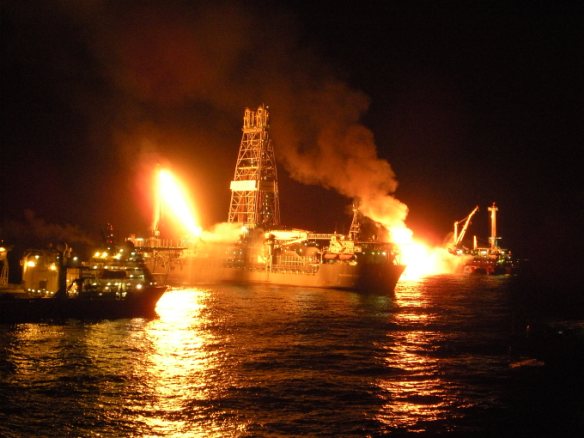
The Gulf of Mexico and its offshore drilling industry is still being affected by what happened that day. I’m sure it will be for a long time to come.
I’ve seen a few posts lately about the new rules enacted since then being finalized and put into effect. Some think they will put a complete stop to offshore drilling (greatly cheering the environmentalists). Others think business will go on as usual and there’s nothing really new coming, that it’s all just standard industry policy already. I don’t know who to believe or what to expect.
I just want to go back to work, like all the other hundreds of thousands of people laid off since the price of oil hit the skids.
We were talking about it at work this morning. They have a new movie coming out about it in September. Some of the people in class were involved in the aftermath at Macondo, so was I.
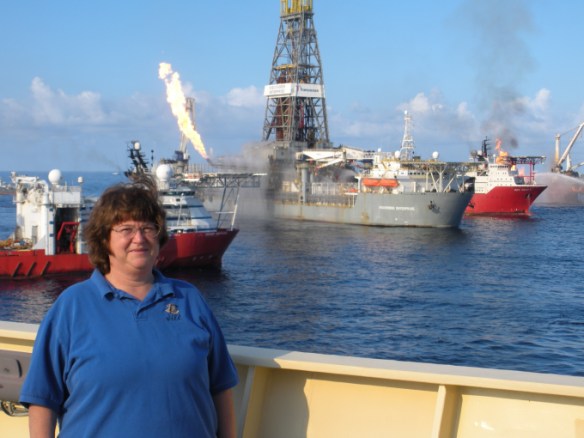
I was a SDPO on the Helix Producer 1 (HP-1), a floating production unit (FPU). They brought her in to connect to the ‘capping stack’ and transfer the oil flowing out of the seafloor to tankships. Those ships would then bring the oil to facilities ashore.
I’ll never forget that operation. Flying out to join the ship, it looked like we were approaching a city at sea. There were so many boats around, it looked quite chaotic. Once I got settled in and started my hitch on the desk, I learned the procedures for conducting smooth operations with so many other vessels so close together.
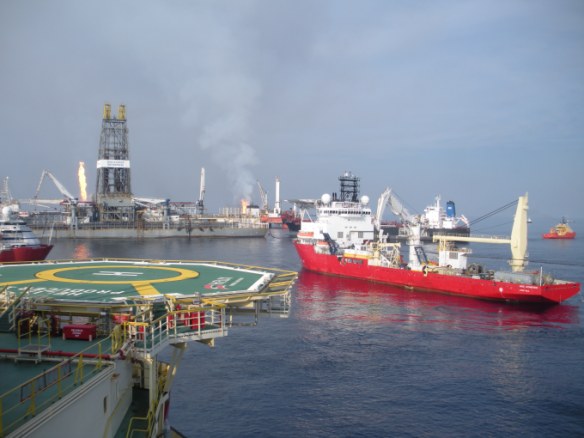
SIMOPS coordinated everything. That helped.
We were actually attached directly to the capping stack and so collecting at least some of the oil flowing from the well. We took it aboard, ran it through our production facilities to separate the oil and gas from the water. Then we would flare off the gas and transfer the oil to a waiting tanker.
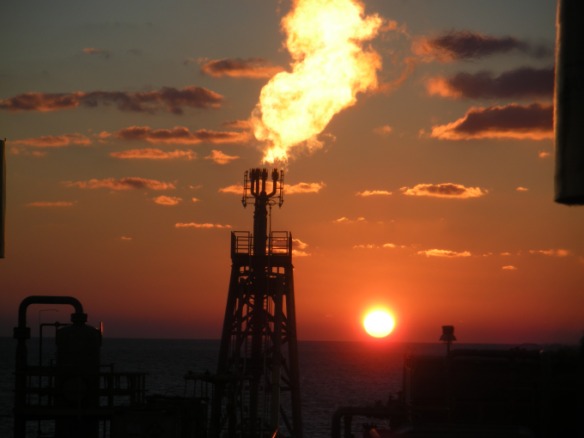
Since the tanker was a DP-1 vessel, they would choose the best heading for the operation. We would position ourself (along with all the other vessels to either side) to ease position keeping for the tanker. A small tug would bring the transfer hose to us and once everything was connected, we would start the transfer. Once completed, they would deliver it to shore for processing, etc.
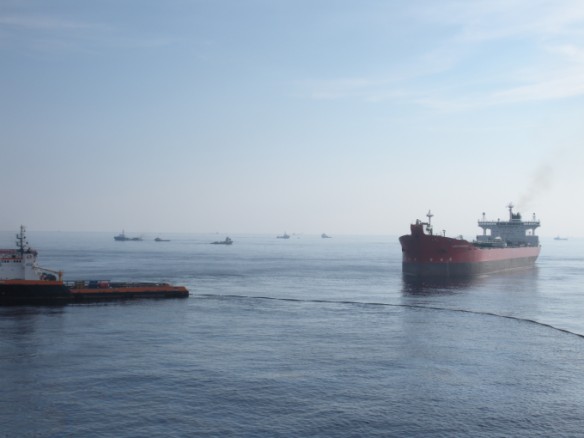
We would load a tanker every couple of days. The same operation was proceeding with other vessels on the other side of the Discoverer Enterprise which was positioned directly above the well.
https://youtu.be/3VksaY9GiO8
This all went on for months. It was a major operation. Pretty much the entire Gulf of Mexico was roped in to help and everything else was shut down. The president declared a ‘moratorium’. No new drilling would even be considered for months afterwards. Thousands of rigs, ships, people were thrown out of work. It also affected the fishermen badly and the states surrounding the Gulf were up in arms about the damages to their coastlines and their tourist industries. The marine environment was very seriously damaged in some areas and is still recovering.
I hope nothing like this ever happens again. Many people have been working to ensure it never does. Below is a summary of those ongoing efforts.
Marking the fifth anniversary of the Macondo incident in the Gulf of Mexico, a summary of inquiries into the tragedy flags up key ways to prevent a repeat
Source: Oil and gas takes lessons from Macondo – DNV GL
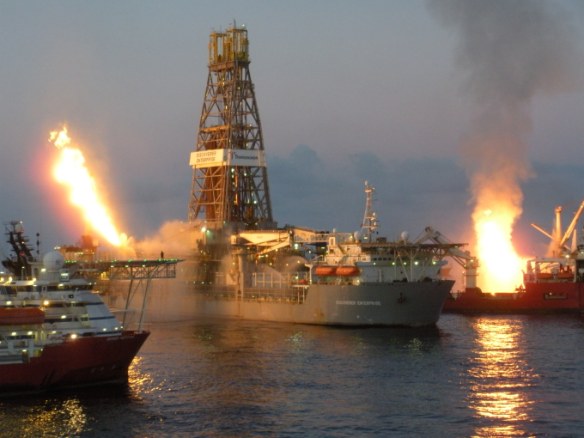
I always wondered how that guy could walk the helideck every evening with that flare going off so close. Whew, hot baby
*If anyone is interested, these are all my own photos. I have a lot more.
Like this:
Like Loading...








